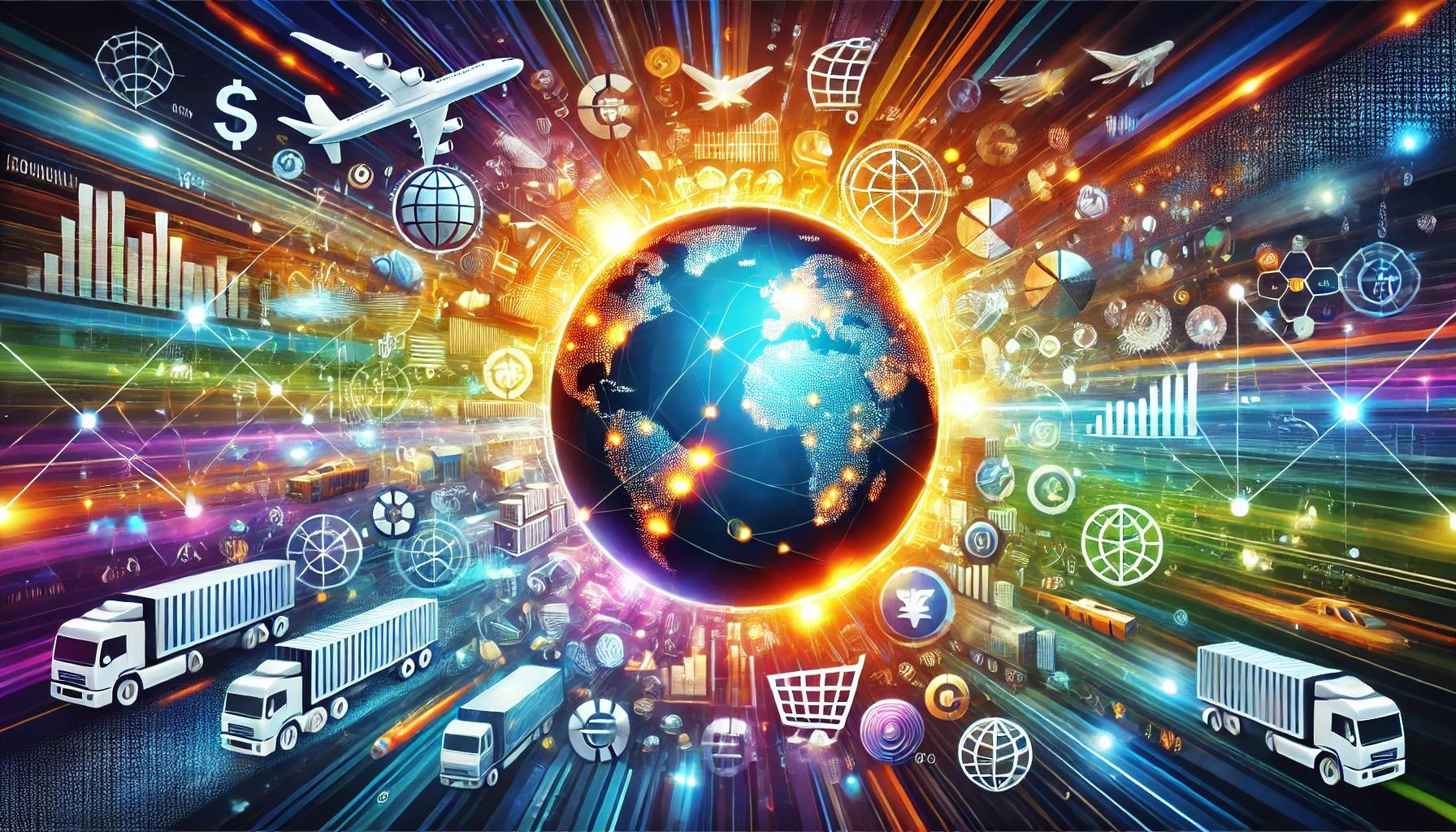Introduction to Trade: What is Trade? Key Concepts and Types
Trade is one of the key components of economic activity that has existed since ancient times and continues to evolve in the context of modern globalization. It is the exchange of goods and services between various economic participants using money or other assets. Modern trade is not only physical goods exchanges in stores but also e-commerce, international transactions, and cross-border cooperation. In this article, we will explore what trade is, review its key concepts and types, and reference global studies highlighting the importance of trade for the global economy.
What is Trade?
In economic terms, trade refers to the exchange of goods or services between a seller and a buyer for a specific payment, usually in the form of money. In a broader context, trade encompasses all economic transactions aimed at meeting the needs of people and society.
Historically, trade began with bartering—exchanging goods without using money. However, with the development of societies, money was introduced, simplifying trade processes and facilitating its growth. Trade not only satisfies demand but also fosters specialization, allowing societies to produce goods and services more efficiently. According to the World Bank, trade accounts for up to 60% of global GDP.
Major Types of Trade
Trade can be classified based on different criteria. Below are the main types of trade, each with its own characteristics and role in the global economy.
Retail Trade (B2C):
Retail trade involves selling goods and services to final consumers. It is the primary method of interaction between businesses and consumers. According to research by Statista, global retail e-commerce sales could reach $7.4 trillion by 2025, indicating a rapid growth of digital commerce.Wholesale Trade (B2B):
Wholesale trade focuses on interactions between businesses, where companies buy goods in large quantities for further distribution. Research from McKinsey & Company shows that the B2B sector is undergoing significant digital transformation, with about 50% of companies planning to increase investments in B2B online platforms within the next five years.International Trade:
International trade involves the exchange of goods and services between countries. It is a key driver of globalization and economic growth. According to the World Trade Organization (WTO), the global trade in goods reached about $32 trillion in 2022. The main drivers of international trade growth are tariff reductions and the expansion of economic unions between countries.E-Commerce (Electronic Commerce):
E-commerce is the process of buying and selling goods online. This form of trade is growing rapidly: according to eMarketer, global e-commerce is projected to reach $6 trillion by 2024. During the COVID-19 pandemic, e-commerce became the primary channel for many retailers, accelerating the digital transformation of the industry.Barter Trade:
Barter is a type of trade where goods or services are exchanged without using money. While this type of trade is not dominant in the modern economy, it is still used in some sectors, especially during economic crises or in countries with limited access to currency.
The Impact of Trade on the Global Economy
Trade is one of the main drivers of economic growth as it helps expand markets, create jobs, and increase competitiveness. According to the World Bank, openness to international trade can accelerate economic growth by 1-2 percentage points annually. Additionally, trade improves welfare by allowing consumers access to imported goods, often of higher quality or lower cost.
According to a study by the OECD (Organization for Economic Cooperation and Development), countries with more open economies that actively engage in international trade show higher growth rates than those that limit their trade activities. In particular, trade liberalization through the WTO has led to significant reductions in tariffs on many goods, which has contributed to the increase in global trade volumes.
Conclusion
Trade is the backbone of the global economy, essential for the prosperity of countries and their citizens. It stimulates economic growth, innovation, and international cooperation. Modern trade has evolved from simple exchanges of goods to complex cross-border transactions, involving digital technologies and global supply chains. It is important to note that trade continues to change under the influence of factors such as technology, globalization, and shifting consumer preferences, requiring companies to adapt and be flexible.
References:
- World Bank — https://www.worldbank.org
- Statista: Global E-commerce Sales — https://www.statista.com/statistics/379046/worldwide-retail-e-commerce-sales
- McKinsey & Company: B2B e-commerce trends — https://www.mckinsey.com/business-functions/marketing-and-sales/our-insights/the-future-of-b2b-sales-is-digital
- World Trade Organization (WTO) — https://www.wto.org
- eMarketer: Global E-commerce Forecast — https://www.emarketer.com
- World Bank: Global Trade Overview — https://www.worldbank.org/en/topic/trade/overview
- OECD: International Trade and Economic Growth — https://www.oecd.org
